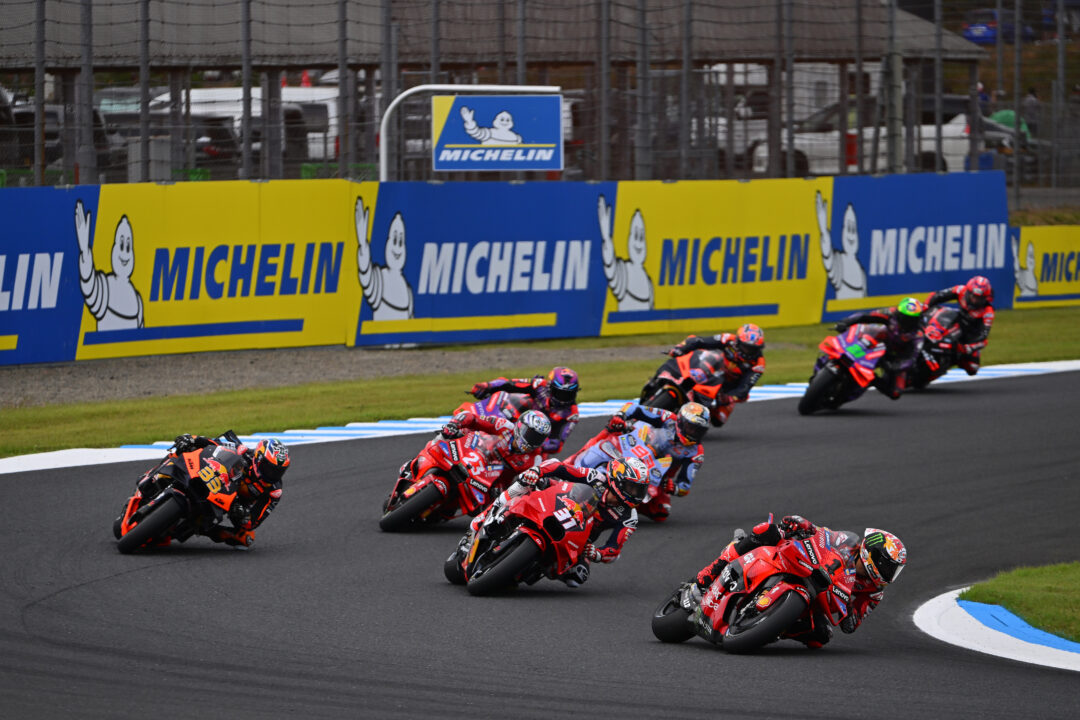
The Grand Prix Commission, in an effort to reshape the Moto2 and Moto3 classes, announced a number of updates to sporting and technical regulations for the 2025 season.
This follows on from tweaks to session formats in MotoGP, another step in the direction of more consistency throughout all three Grand Prix classes.
Most of that comes in the form of the session format. Building on the successful feedback from MotoGP, Moto2 and Moto3 will have two Free Practice sessions that won’t determine entry to Q2.
Instead, it’ll be an individual Practice session on Friday afternoon, like in the premier class, that decides who goes through to Q2. This tweak is a game-changer for riders and teams struggling with early-weekend performance, giving them the opportunity to work on setup without immediate pressure regarding qualifying times.
Another important update involves taking up the eternal challenge of fickle weather. The rain-on-grid procedure to be followed by Moto2 and Moto3 will fall in line with what is already established in MotoGP.
Rain Procedure Overhaul
In case of rain, bikes are to be pushed into the pit lane as teams make necessary adjustments. Such is the pragmatic way: safety is of utmost importance but allows riders to face a race in optimally viable conditions.
These updates are complemented by technical regulation changes, which include a price cap adjustment for Moto3 chassis and engines, as well as a specification freeze.
The idea is to equalize competition, open up the category, and make the manufacturers innovate within the new limits. Added to that, concessions given to weaker manufacturers in Moto2 (mainly Forward at the moment) mean they will get extra test days where they can gain important data and develop further pre-season.






